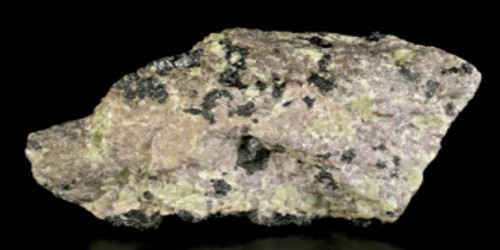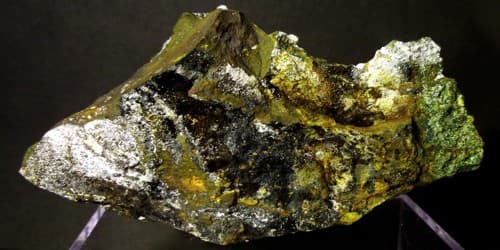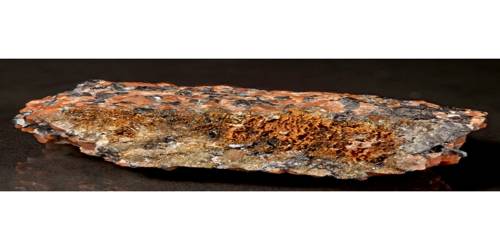Glaucochroite is a calcium manganese nesosilicate mineral with formula: CaMnSiO4. It occurs in metamorphosed limestones. It is a mineral that consists of a calcium manganese silicate, occurs in bluish green prismatic crystals, and is related to monticellite
It was first described in 1899 in Franklin Furnace, Sussex County, New Jersey.
General information
- Formula: CaMn2+SiO4
- Luster: Vitreous, Resinous
- Crystal System: Orthorhombic
- Member of: Olivine Group

Fig: Glaucochroite – calcium manganese nesosilicate mineral
Properties
- Color: Green, White, Pinkish.
- Density: 3.4
- Diaphaneity: Translucent
- Fracture: Brittle – Generally displayed by glasses and most non-metallic minerals..
- Hardness: 6 – Orthoclase
- Luminescence: Non-fluorescent.
- Luster: Vitreous (Glassy)
- Magnetism: Nonmagnetic
- Streak: white
Occurrence: In a metamorphosed stratiform zinc deposit (Franklin, New Jersey, USA); in skarn at the contact between diabase and marble (Anakin Creek, Russia); in calc-silicate rocks with manganese ores (Kuruman, South Africa).
Association: Nasonite, willemite, andradite, hardystonite, tephroite, clinohedrite, esperite, leucophoenicite, hodgkinsonite, diopside, cuspidine, calcite, franklinite, zincite (Franklin, New Jersey, USA).
Infoormation Source:
















